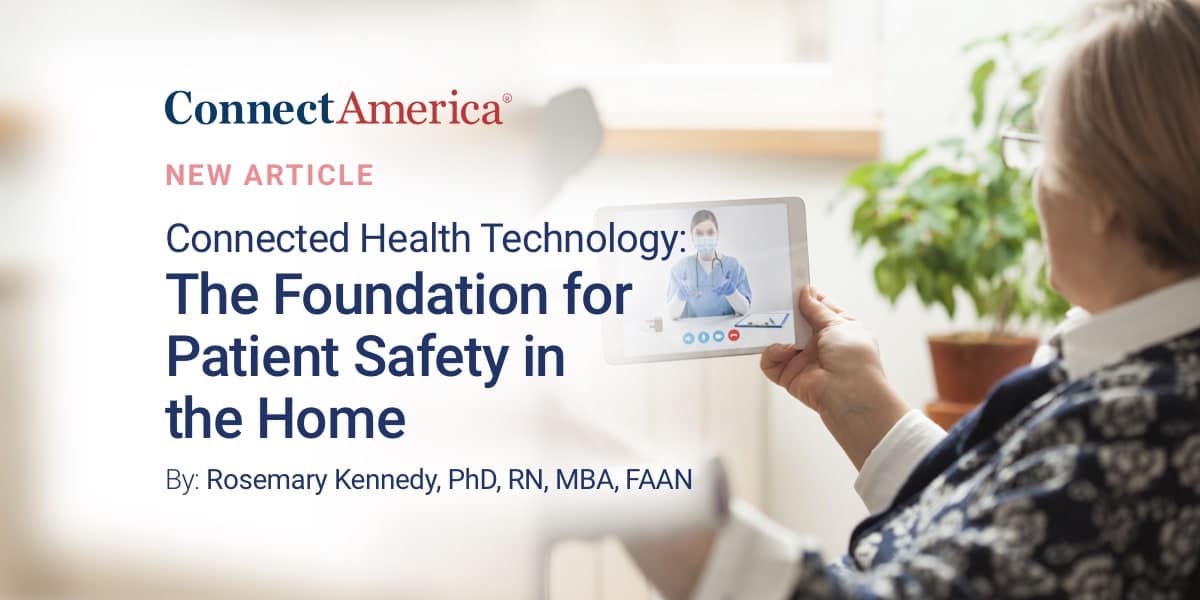Falls are a leading cause of injury and death among elderly Americans. In fact, every second of every day in the United States, an older adult falls and every 19 minutes, an older adult in the U.S. dies from a fall. Not only do falls adversely impact an individual’s health, quality of life and independence, but they also have an enormous burden on the economy. According to the CDC, $50 billion is spent annually on medical costs related to non-fatal fall injuries (fatal falls cost another $754 million).
Falls and their associated costs are projected to increase substantially as the U.S. population ages, costing more than a hundred billion annually by 2050, adding to the burden of an already fractured healthcare system. However, the U.S. could save billions in unnecessary costs and thousands of lives each year if healthcare organizations adopted strategies and technologies to protect elderly Americans through prevention and early intervention.
In a recent article, published by Patient Safety & Quality Healthcare (PSQH), Connect America’s Chief Health Information Officer, Rosemary Kennedy, Ph.D., R.N., MBA, FAAN, provides insights on fall prevention, care coordination and early intervention through the implementation of fall prevention strategies and connected health technology.

